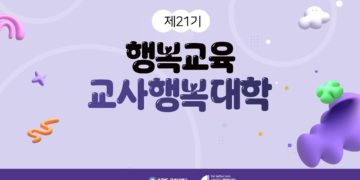Hanoch, Y., &Vitouch, O. (2004). When less is more: Information, emotional arousal and the ecological reframing of the Yerkes-Dodson law. Theory &Psychology, 14(4), 427-452.
Easterbrook’s (1959) cue-utilization theory has been widely used to explain the inverted U-shaped relationship, initially established by Yerkes and Dodson, between emotional arousal and performance. The basic tenet of the theory assumes that high levels of arousal lead to restriction of the amount of information to which agents can pay attention. One fundamental derivative of the theory, as typically conceived in psychology, is the assumption ...




![[연구참여자 모집/사례 지급] 자유연상 패턴과 심리적 속성 간의 관계 탐색](https://happyfinder.co.kr/wp-content/uploads/2024/05/워드프레스_연구참여자모집-360x180.png)









![[센터장 인사말] 서울대학교 행복연구센터의 센터장 최인철입니다.](https://happyfinder.co.kr/wp-content/uploads/2021/05/greetings-120x86.png)

![Vol.70 [행복달력] MAY Happiness Calendar](https://happyfinder.co.kr/wp-content/uploads/2022/04/5월_행복달력_커버페이지-1-120x86.png)




